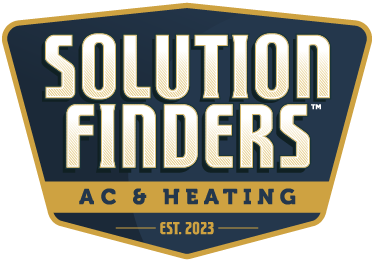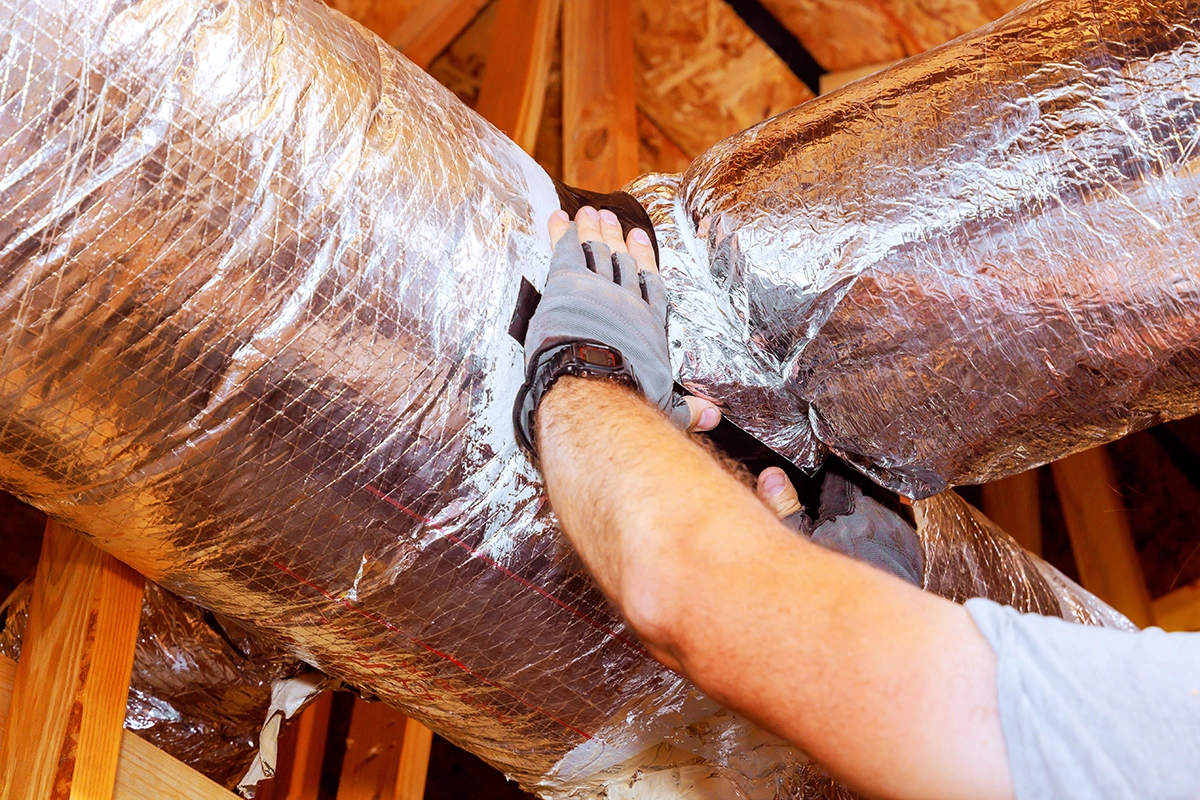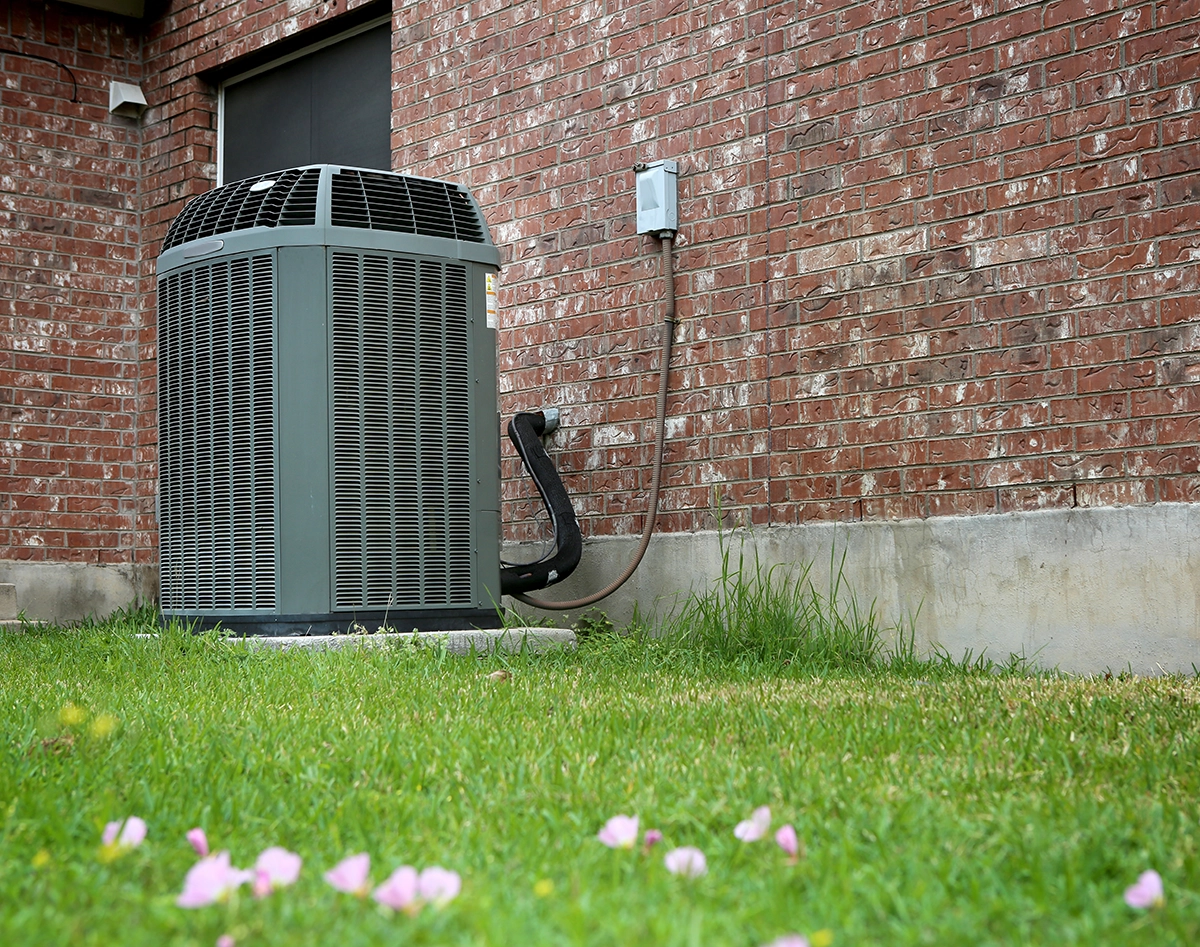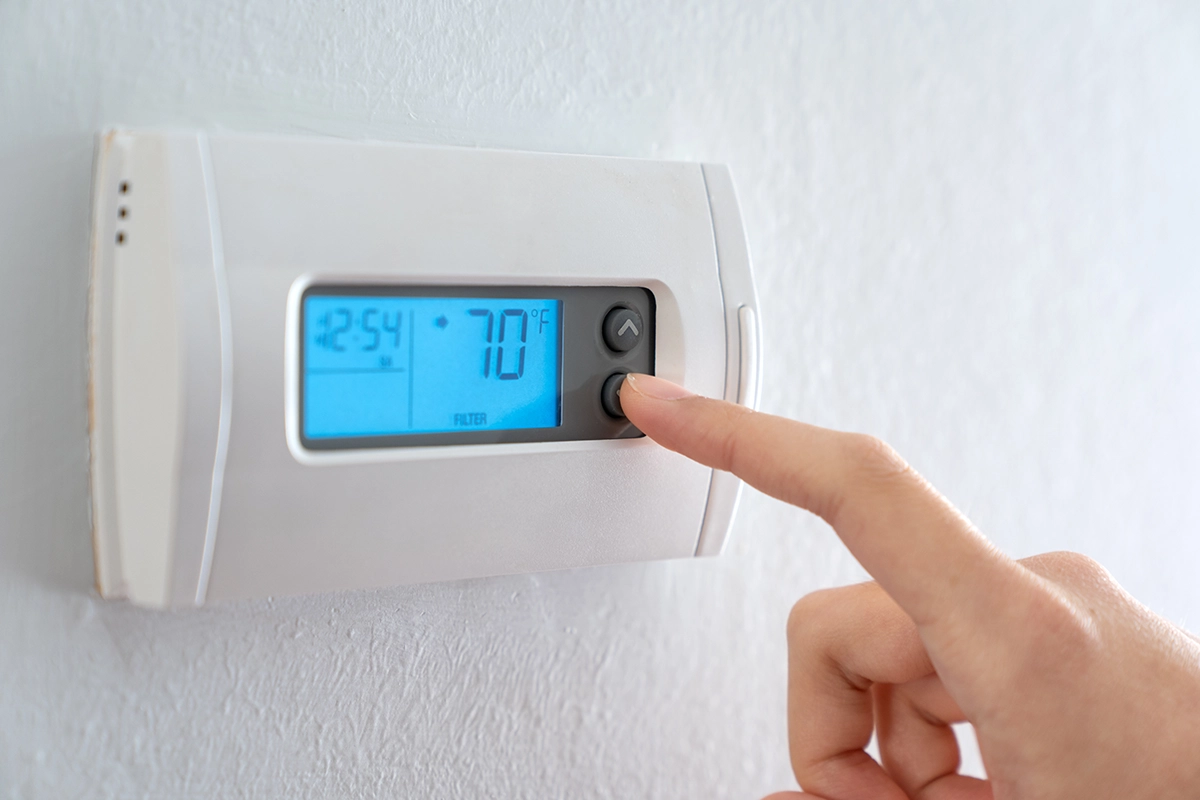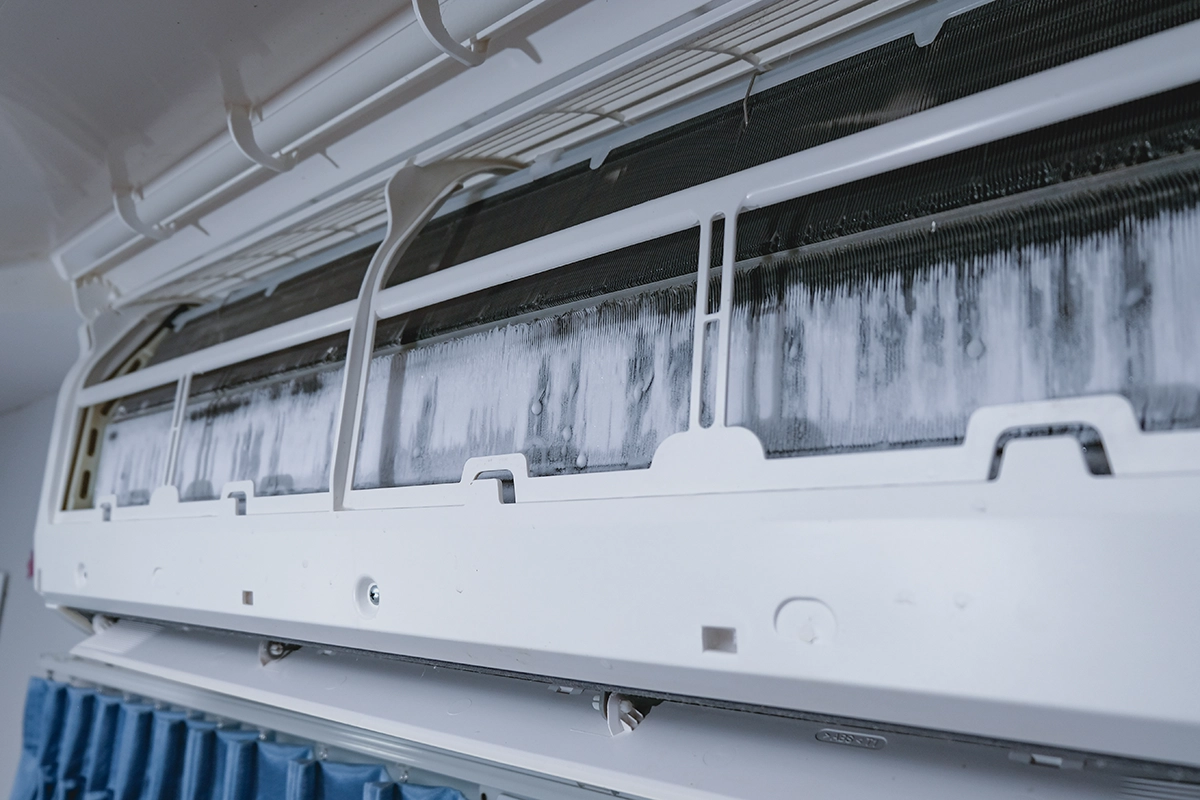by Fortitude Creative
Share
Share
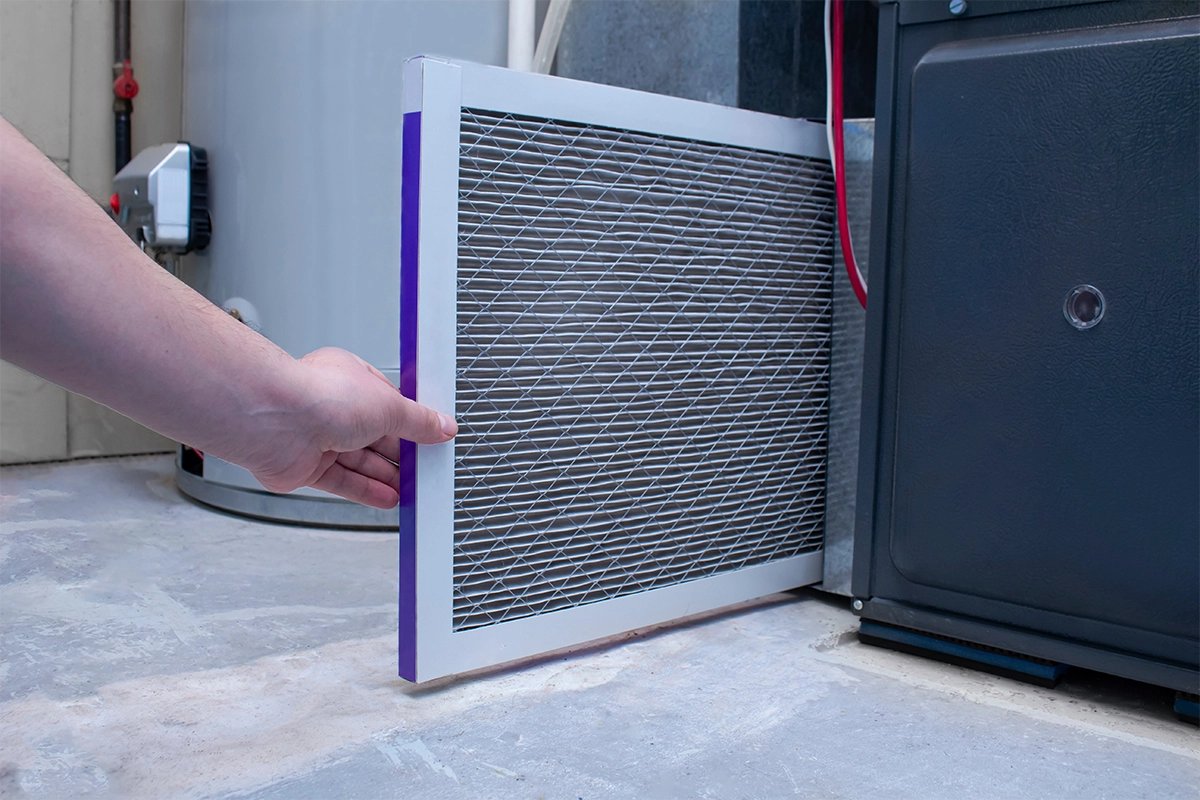
A well-maintained furnace keeps your home comfortable, improves air quality, and enhances energy efficiency. However, one crucial aspect of furnace maintenance often gets overlooked—changing the furnace filter. If you’ve ever wondered, “How often should you change your furnace filter?” you’re not alone. Understanding the right replacement schedule helps prevent system damage, reduces energy bills, and ensures cleaner indoor air. Solution Finders AC & Heating in Austin, TX, is here to guide you through the best practices for keeping your furnace in top condition.
Why Changing Your Furnace Filter Matters: How Often Should You Change Your Furnace Filter?
Before answering the question, “How often should you change your furnace filter?” it’s important to understand why it’s necessary. Your furnace filter plays a vital role in trapping dust, dirt, allergens, and other airborne particles. Over time, these contaminants accumulate, restricting airflow and reducing efficiency. Additionally, a clogged filter can force your furnace to work harder, leading to higher energy consumption and potential system breakdowns.
Benefits of Regular Furnace Filter Replacement
- Improved Air Quality – A clean filter removes pollutants, reducing allergens and respiratory irritants in your home.
- Enhanced Energy Efficiency – Your furnace runs more efficiently with unrestricted airflow, lowering energy costs.
- Extended System Lifespan – Regular maintenance prevents strain on your furnace, reducing the risk of costly repairs.
- Better Comfort – Proper airflow ensures consistent heating, keeping your home at a comfortable temperature.
How Often Should You Change Your Furnace Filter?
The frequency of changing your furnace filter depends on several factors, including filter type, household conditions, and furnace usage. Let’s explore these key considerations.
Standard Replacement Guidelines
For most homeowners, changing the furnace filter every one to three months is recommended. However, different circumstances may require more frequent or less frequent replacements.
- Every Month – If you have pets, allergies, or use your furnace heavily, monthly changes help maintain clean air and efficiency.
- Every Three Months – Standard households with minimal dust or no pets can replace filters every three months without issue.
- Every Six to Twelve Months – Homes with high-efficiency filters (such as HEPA filters) can extend the replacement schedule, depending on manufacturer recommendations.
Factors That Affect Replacement Frequency
Understanding how often you should change your furnace filter involves considering specific household and environmental factors.
1. Filter Type Matters
Furnace filters come in various materials and efficiency ratings, affecting how often they need replacement.
- Fiberglass Filters – These inexpensive filters typically need changing every 30 days.
- Pleated Filters – These last 60-90 days, offering better filtration than fiberglass filters.
- Electrostatic Filters – Reusable filters require monthly cleaning but don’t need replacement.
- HEPA Filters – These high-efficiency filters last 6-12 months, depending on usage.
2. Household Conditions Play a Role
Your living environment significantly impacts filter lifespan. If your home has pets, smokers, or allergy sufferers, more frequent filter changes help maintain indoor air quality. Additionally, homes in high-dust areas or with ongoing renovations accumulate more particles, requiring frequent replacements.
3. Climate and Furnace Usage
In Austin, TX, where winters are mild but furnaces still get used, replacement schedules depend on seasonal demand. If your furnace runs daily during colder months, replacing the filter every 4-6 weeks prevents buildup. Conversely, during low-usage months, a quarterly change may suffice.
How to Check If Your Furnace Filter Needs Replacing
Since furnace filters don’t always follow a strict replacement schedule, knowing when to inspect them is essential. Here are a few signs your filter needs changing:
1. Visible Dirt and Dust
If your filter looks gray, clogged, or covered in debris, it’s time for a replacement.
2. Reduced Airflow
If you notice weaker airflow from vents, a dirty filter may be restricting circulation.
3. Increased Energy Bills
A sudden spike in energy costs often indicates your furnace is working harder due to a clogged filter.
4. More Allergy Symptoms
If you or your family members experience sneezing, coughing, or itchy eyes indoors, a dirty filter could be circulating allergens.
Best Practices: How Often Should You Change Your Furnace Filter?
Now that you know how often you should you change your furnace filter, it’s time to follow best practices for proper replacement.
1. Choose the Right Filter
Always check your furnace manual to determine the correct filter size and type. Choosing the wrong filter can reduce efficiency and damage your system.
2. Turn Off Your Furnace
Before replacing the filter, turn off your furnace to prevent debris from entering the system.
3. Install the Filter Correctly
Make sure the filter is facing the right direction. The arrow on the filter frame should point toward the furnace blower.
4. Set a Reminder
Since it’s easy to forget, mark your calendar or set a phone reminder for the next filter change.
Maintaining a Healthy Furnace Year-Round: How Often Should You Change Your Furnace Filter?
Changing your furnace filter regularly is just one step in maintaining an efficient heating system. Additional maintenance tasks help keep your furnace running smoothly.
1. Schedule Annual Inspections
A professional tune-up ensures your furnace operates safely and efficiently, preventing costly repairs.
2. Clean Your Vents and Ducts
Regular dusting and vacuuming prevent debris buildup that could clog your system.
3. Monitor Humidity Levels
Using a humidifier during dry months can improve air quality and prevent excessive dust accumulation.
4. Listen for Unusual Noises
Strange sounds, such as rattling or banging, may indicate mechanical issues requiring professional attention.
A clean filter is crucial for a well-functioning furnace. If you’ve been wondering how often to change your furnace filter, now you have the answer. Regular replacements—not just to keep your home comfortable but also to improve air quality and lower energy costs—are essential. For expert guidance or furnace maintenance, trust Solution Finders AC & Heating in Austin, TX, to help keep your system in peak condition. Contact us today!
Leave A Comment
Homeowners across Austin, TX are looking for energy-efficient, flexible solutions to cool their homes—especially as utility costs rise and summer temperatures soar. One increasingly popular option is the ducted mini split system. These systems combine the efficiency of ductless technology with the distribution advantages of central air. But what truly sets them apart is their […]
When the Texas heat starts climbing, a working AC isn’t a luxury—it’s essential. But many homeowners miss the early signs your air conditioning needs repair, waiting until the system completely breaks down. At Solution Finders AC & Heating, we’ve seen how catching problems early can save you from costly repairs, sky-high energy bills, and even […]
Finding the best AC temperature for energy saving is a crucial step in reducing your utility bills without sacrificing comfort. At Solution Finders AC & Heating in Austin, TX, we often help homeowners optimize their cooling systems for maximum efficiency. Setting your thermostat correctly can make a significant difference in both your comfort and your […]
If you’ve ever come home on a scorching Austin day to find warm air blowing from your vents, only to discover ice forming on your AC unit, you’re not alone. A frozen air conditioner is a common issue—but many homeowners wonder: will frozen AC fix itself, or is it time to call in a pro? […]
